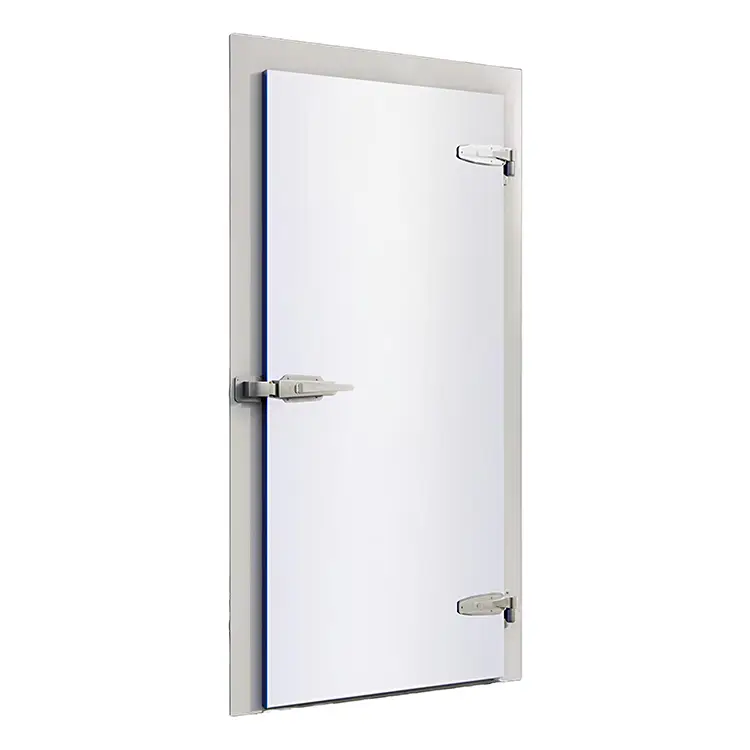How to Choose a Cold Storage Insulation Panel
2025-06-27
Choosing the right cold storage insulation panel is crucial for maintaining temperature control and ensuring energy efficiency in your facility. Here are the key factors to consider:
1. Thermal Insulation Performance (R-Value)
The R-value represents the panel’s resistance to heat flow. Higher R-values mean better insulation.
For cold storage, look for panels with high R-values to keep the temperature inside stable while reducing energy costs.
2. Material Type
Different materials offer various benefits:
Polyurethane (PUR) or Polyisocyanurate (PIR): These materials provide excellent thermal insulation and are commonly used in cold storage panels.
Expanded Polystyrene (EPS): A cost-effective option with good insulation properties, though not as high-performing as PUR/PIR.
Mineral Wool: Best for fire-resistant applications, but it’s less effective in insulation compared to PUR or EPS.
3. Moisture Resistance
Cold storage areas often experience high humidity. Choose panels with a moisture-resistant core to prevent water absorption, which can reduce insulation effectiveness and lead to mold or mildew growth.
Foam cores (such as PUR and PIR) are often more moisture-resistant than other materials.
4. Fire Resistance
Fire ratings can vary depending on the material. For high-risk environments or food storage, choose fire-resistant panels.
Mineral wool-based panels often provide superior fire resistance.
5. Durability and Strength
The panels should be durable enough to withstand the physical demands of a cold storage environment, including temperature fluctuations, impacts, and possible mechanical stress.
Panels with a high-density core tend to have better mechanical strength.

6. Thickness of Panels
The thickness of the insulation panel will depend on the desired thermal performance and space constraints. Thicker panels offer better insulation but may reduce storage space.
Evaluate the optimal balance between thermal performance and available space.
7. Ease of Installation
Consider panels that are easy to handle and install. Prefabricated panels with interlocking systems or tongue-and-groove edges can simplify installation and improve the overall thermal seal.
8. Cost-Effectiveness
Compare the upfront costs of different panel materials with long-term energy savings. While more expensive panels may offer better thermal efficiency, they could lead to savings in energy bills over time.
9. Environmental Considerations
If sustainability is important to you, look for panels made with environmentally friendly materials, such as recycled foam or recyclable components.
10. Compliance with Standards
Ensure the panels meet industry standards and regulations for cold storage and food safety, such as NSF/ANSI 7 for refrigeration and insulation standards.
Conclusion
The ideal cold storage insulation panel depends on your specific needs—whether it’s for food storage, pharmaceuticals, or general refrigeration. Always balance thermal performance, moisture resistance, fire safety, cost, and durability when making your choice.


